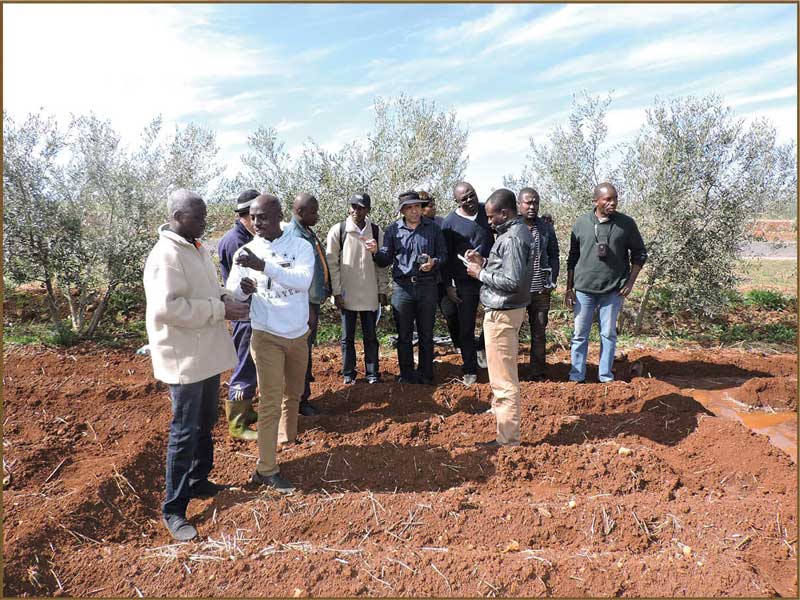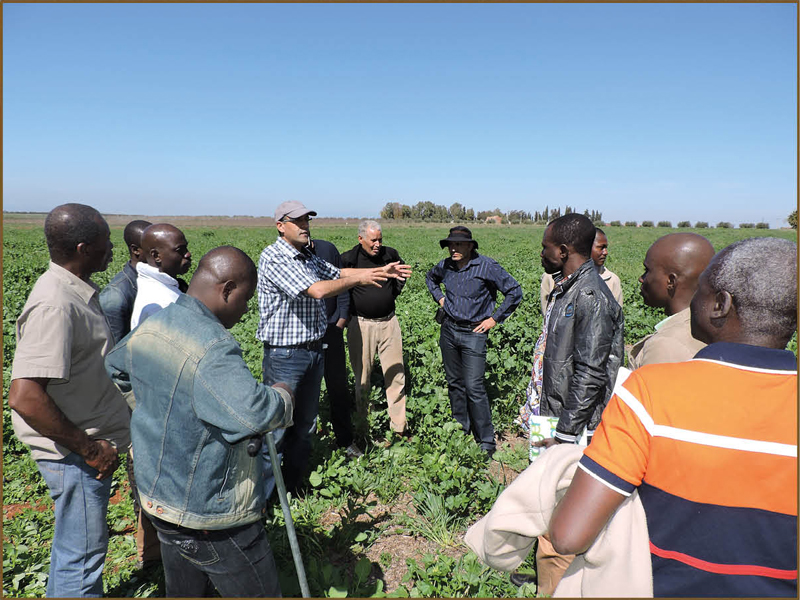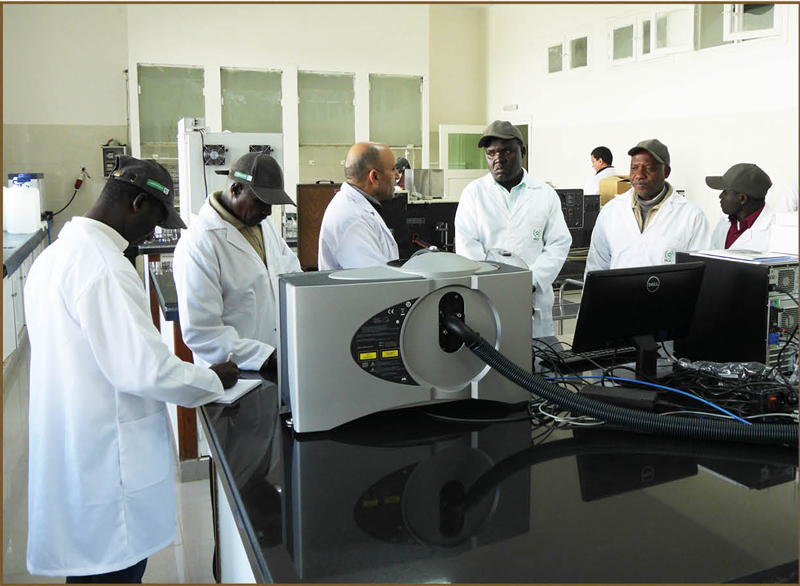Soil fertility map - a fruitful partnership between Morocco and several African countries
Agriculture is a core sector of African economies. It is also a sector that supports mostly rural populations. According to population projections, it will have to feed 1.5 billion people in 2030 and 2 billion in 2050. Africa is a continent threatened by pressure on its natural resources (water, soil, biodiversity). It is also subject to the effects of climate change, although it is responsible for less than 4% of greenhouse gas emissions.
African agriculture must therefore improve its performance to meet the needs of a growing population and adapt to the changes that have become inevitable.
Unfortunately, African soils are generally characterized by low fertility. Indeed, organic matter and nutrient content are often a limiting factor for agricultural production. This is all the more important as farmers are unaware of the importance of the fertility status of their soils and the need for fertilizers to raise the level of agricultural yields.
Under the action of Morocco on behalf of Africa, several bilateral cooperation agreements were signed with several African countries for the realization of projects of "fertility map of cultivated soils" with these countries (Rwanda, Ethiopia, Tanzania, Madagascar, Nigeria, Côte d'Ivoire, Mali, Senegal, Guinea Conakry, Guinea Bissau and South Sudan). This part of transfer of technology and know-how, is based on the experience acquired by Morocco, for many years. It will also make a concrete contribution to the Morocco's AAA Initiative for Africa, which, by way of reminder, aims to contribute to improving agricultural productivity, promoting adaptation practices to Climate change, capacity building of actors and ensuring food security, particularly for highly vulnerable rural populations.
For more information about Triple A click here



